Artificial intelligence (AI) is transforming the world in many ways, creating new opportunities for communication, insight, and productivity. However, the new capabilities of AI also require rapid learning and pose challenges related to bias, privacy, and accountability.
To help us ensure that our AI use contributes to achieving our mission, Stray Dog Institute has now created an AI Use Policy that outlines our beliefs and commitments related to AI. This document will be reviewed annually and will continue to evolve as we deepen our knowledge related to AI and its applications. In the meantime, we welcome feedback and comments from our community.
We hope that our AI Use Policy will help build trust with our grantee partners, while encouraging thoughtful AI exploration by animal advocates. We also hope that by sharing our AI Use Policy and how we created it, we can contribute to policy creation and the ongoing development of beneficial and responsible AI usage across the animal advocacy and food system transformation movements.
Our Organizational Beliefs Related to AI Usage
We believe…
- It is important and worthwhile for the animal advocacy movement to remain technologically current by thoughtfully embracing AI usage where possible. However, each organization’s context is different, and there is no one-size-fits-all recommended approach to AI usage.
- Avoidance of AI learning and use could contribute to the animal advocacy movement falling short of our potential impact for animals.
- AI use in animal advocacy will be most beneficial when advocates retain control of intent, judgment, and decision-making, including verifying all AI-generated content.
- It is important to consider the impact that any particular use of AI may have on the broader movement. For example, using AI to mislead or manipulate may harm the movement’s overall public image.
- AI usage norms are still evolving. In the interest of transparency, we believe that if AI-generated content forms a significant part of a high-profile work product it may be worthwhile to consider disclosing and explaining AI use.
The Process of Creating Our Policy
As a team, we began by making a list of the ways we have used or interacted with AI tools and content in our advocacy. We then collaboratively examined what uses felt particularly beneficial or particularly risky, what uses felt misaligned with our organizational values, and why. Together, we then drafted commitments related to each type of use, expressing actions we will take that feel authentic to our values. We then sought input from others with expertise in AI policy. For our small team, this process took about two months and included multiple meetings, discussions, and written drafts.
Creating our AI Use Policy helped us examine and clarify the ethical underpinnings of our organizational values. Although we each brought different perspectives to the discussions, it was valuable and rewarding to collectively formalize our AI vision, establish our AI standards and expectations, and articulate our commitments.
Join Us in Drafting an AI Policy
We encourage other organizations in the animal advocacy movement to consider creating policies and guidelines related to AI use, and/or to review and update any existing policies. We think having an AI Policy is a good practice in today’s increasingly AI-integrated world.
Unsure how AI might fit into your organization’s approach? If your organization needs some movement-aligned guidance or inspiration for developing a policy, we encourage you to read our AI Use Policy and to consult the comprehensive and trailblazing AI Usage Policy developed by Faunalytics. We have assembled additional helpful resources below.
AI Learning Resources Created by Animal Advocates
These sources give a movement-aligned introduction to the benefits and challenges of using AI as advocates.
The Overlaps Between Artificial Intelligence & Animal Welfare Research summary by Faunalytics
Generation Vegan: Will AI Shape the Future of Animal Advocacy? Featuring Constance Li
EA Forum post by Sam Tucker of Open Paws
AI For Animal Advocacy: Exploring Risks, Rewards, and Responsibilities by THL with special guests
Animal Justice Academy: Ways to Use AI in Your Animal Advocacy Featuring Tom Conger
AI Policy Template by NFPs.AI
External AI Resources Relevant to Animal Advocacy
These additional sources of AI inspiration, tools, and frameworks are available beyond the animal advocacy movement.
Sample Nonprofit AI Use Policy Template by Freewill.com
How Nonprofits Can Use AI Well and Avoid Pitfalls by Philanthropy.com
AI for Nonprofits: The Benefits and Risks by ERP Software Blog
Unlocking the Power of AI: How Nonprofits Lead in the Digital Era by e2b teknologies
8 Steps Nonprofits Can Take to Adopt AI Responsibly by Stanford Social Innovation Review
Template: Acceptable Use of AI Tools in the Noprofit Workplace by Community IT Innovators
AI Ethics Toolkit by The Open Roboethics Institute
Responsible AI Design Assistant on GitHub
AI Ethics Canvas by Open Ethics




